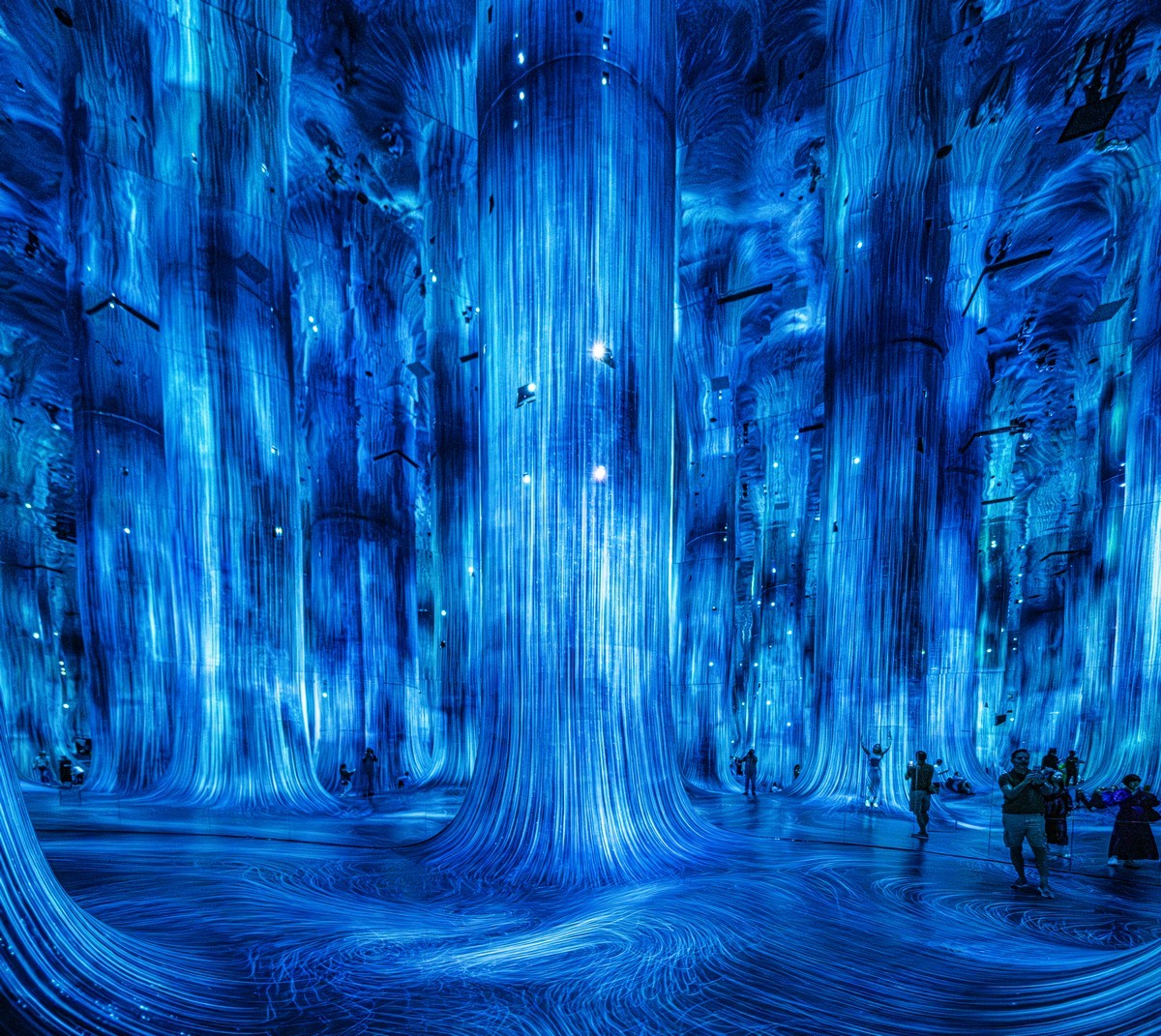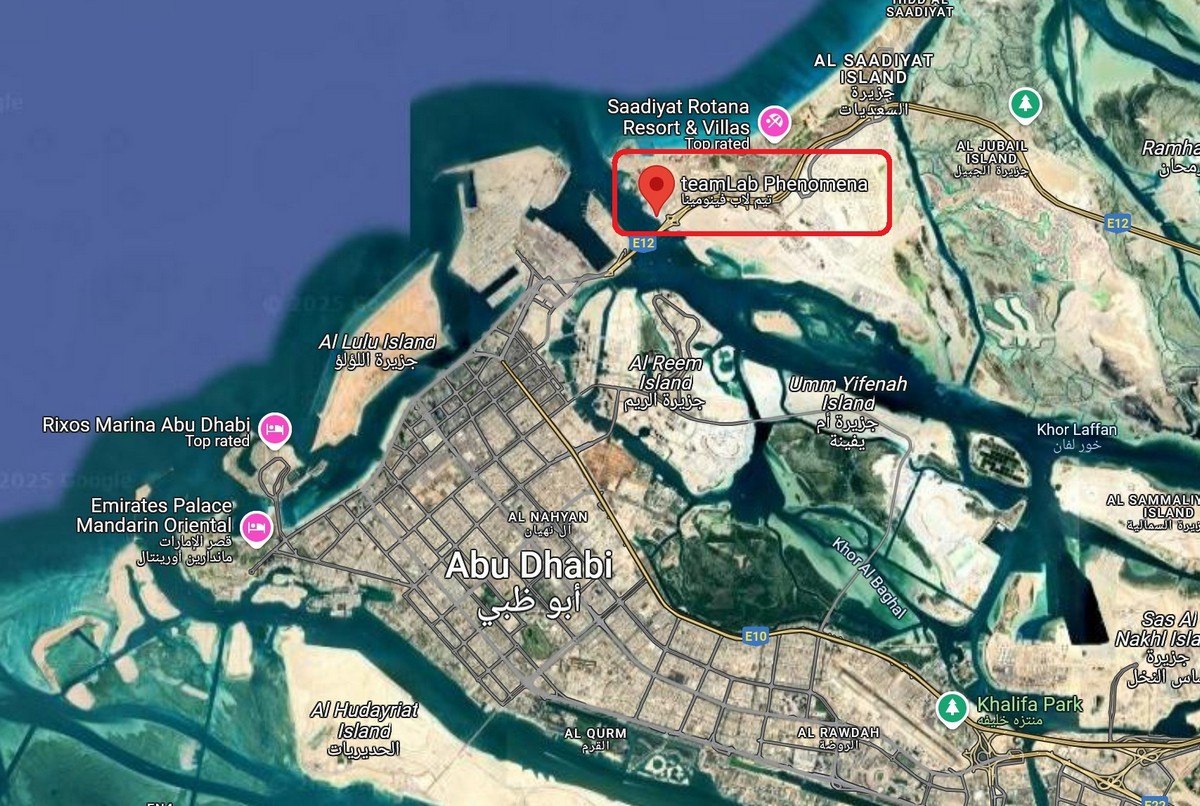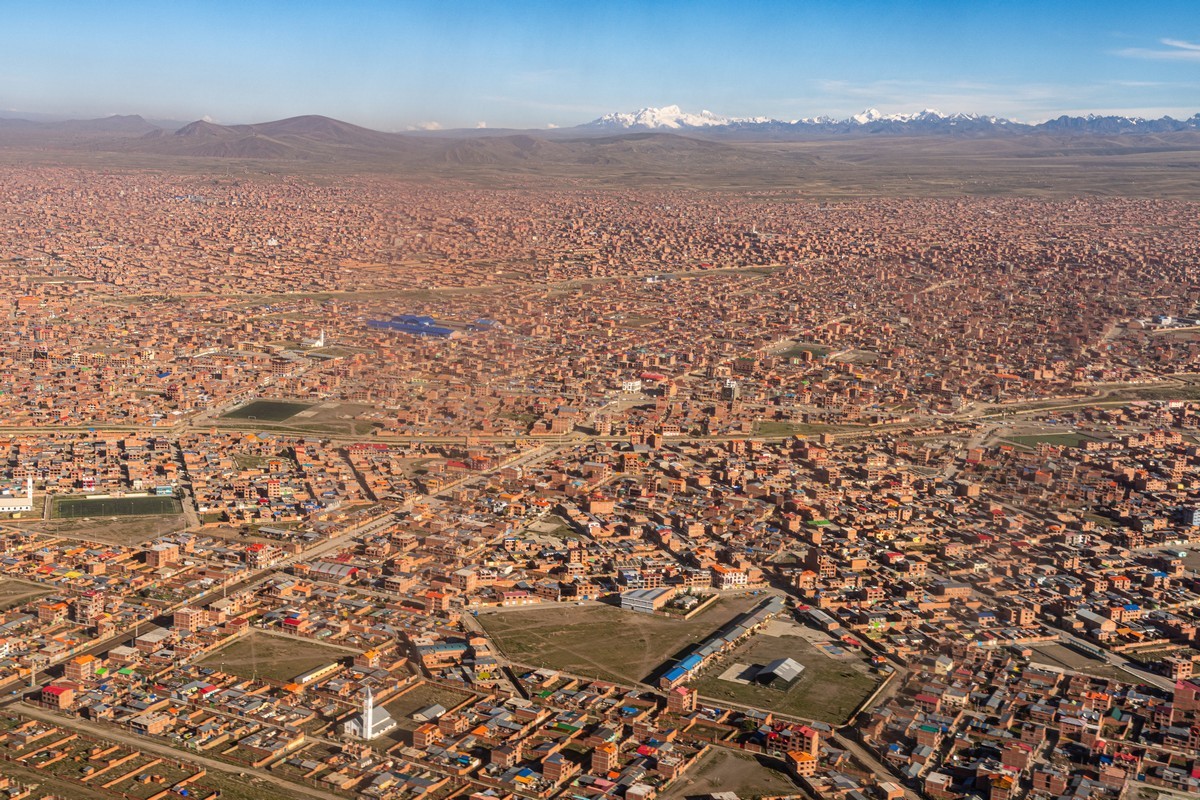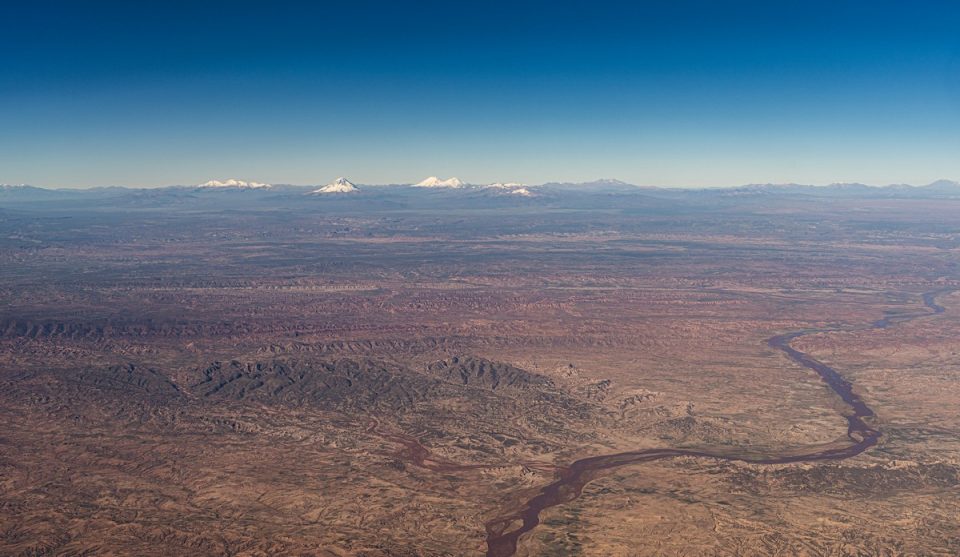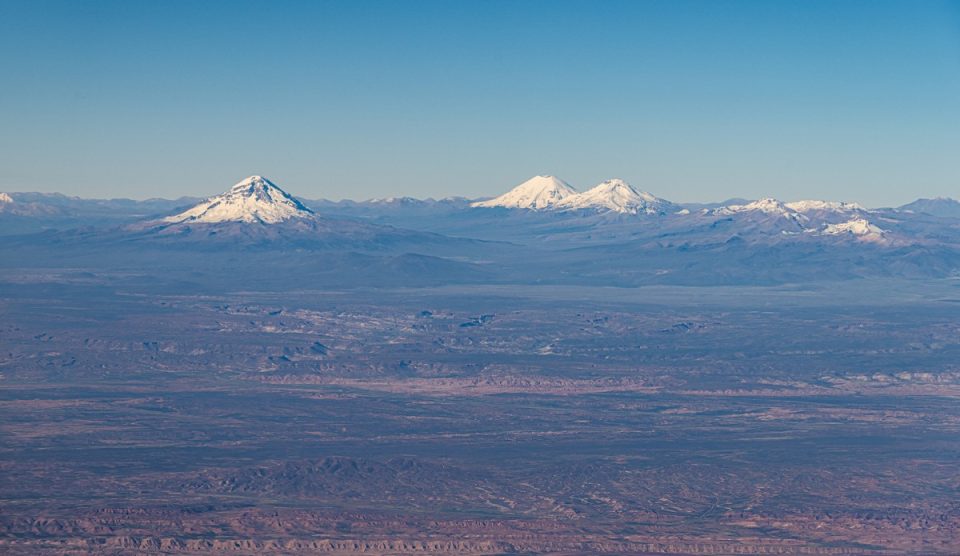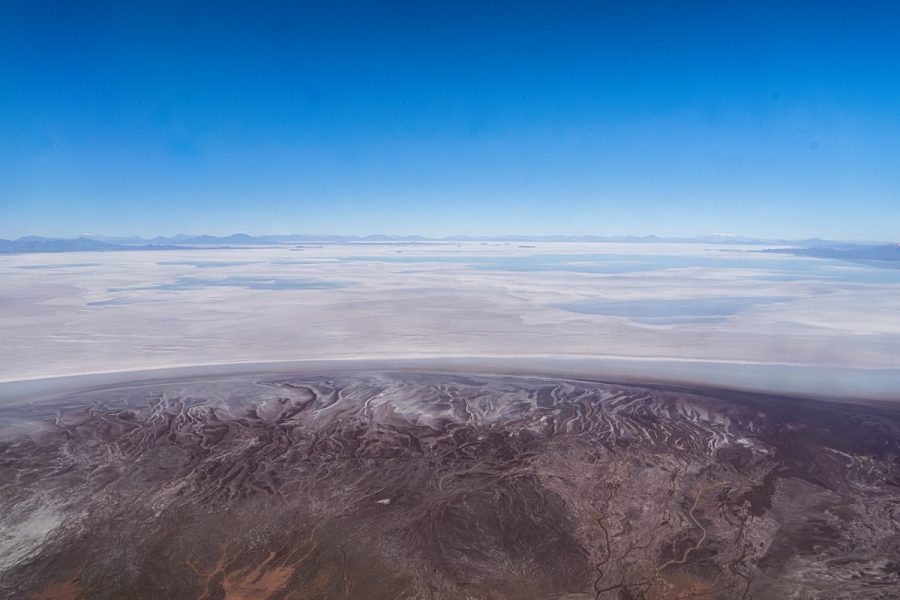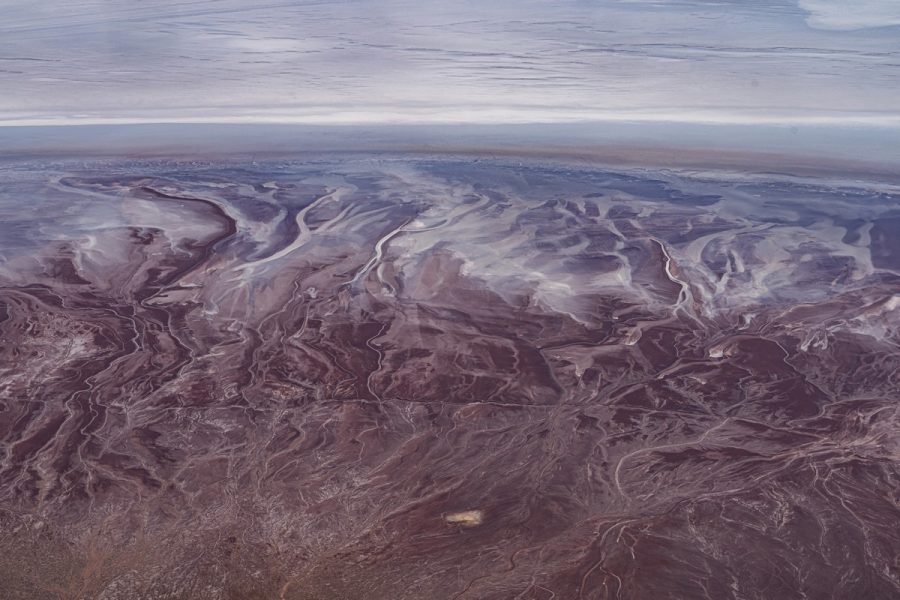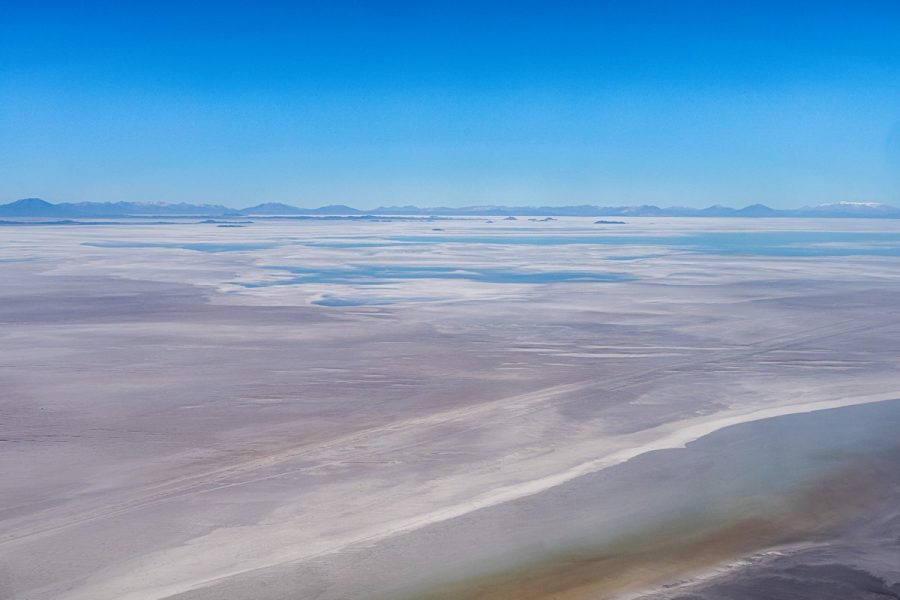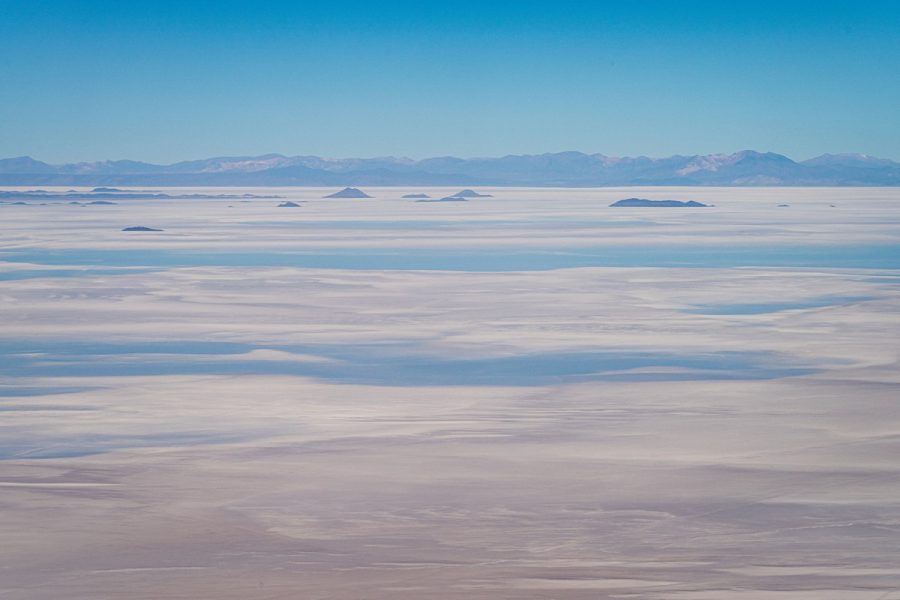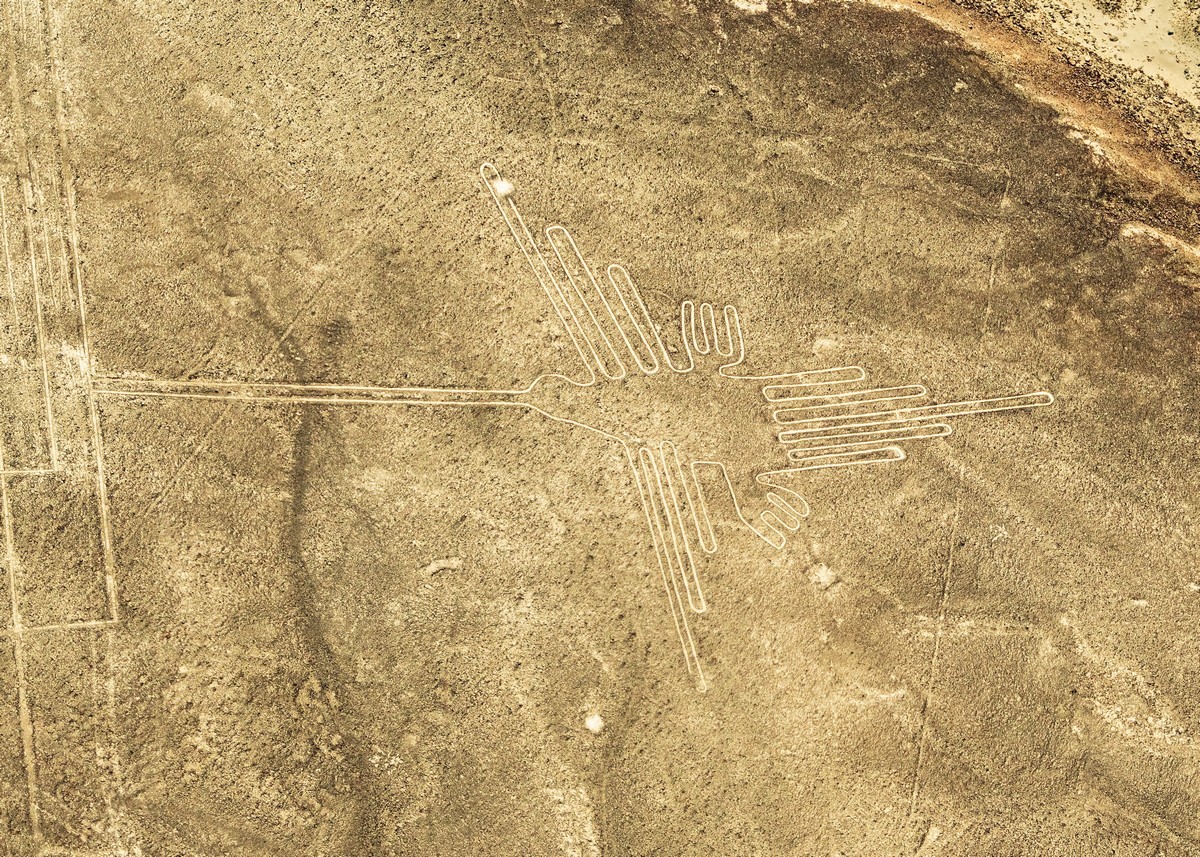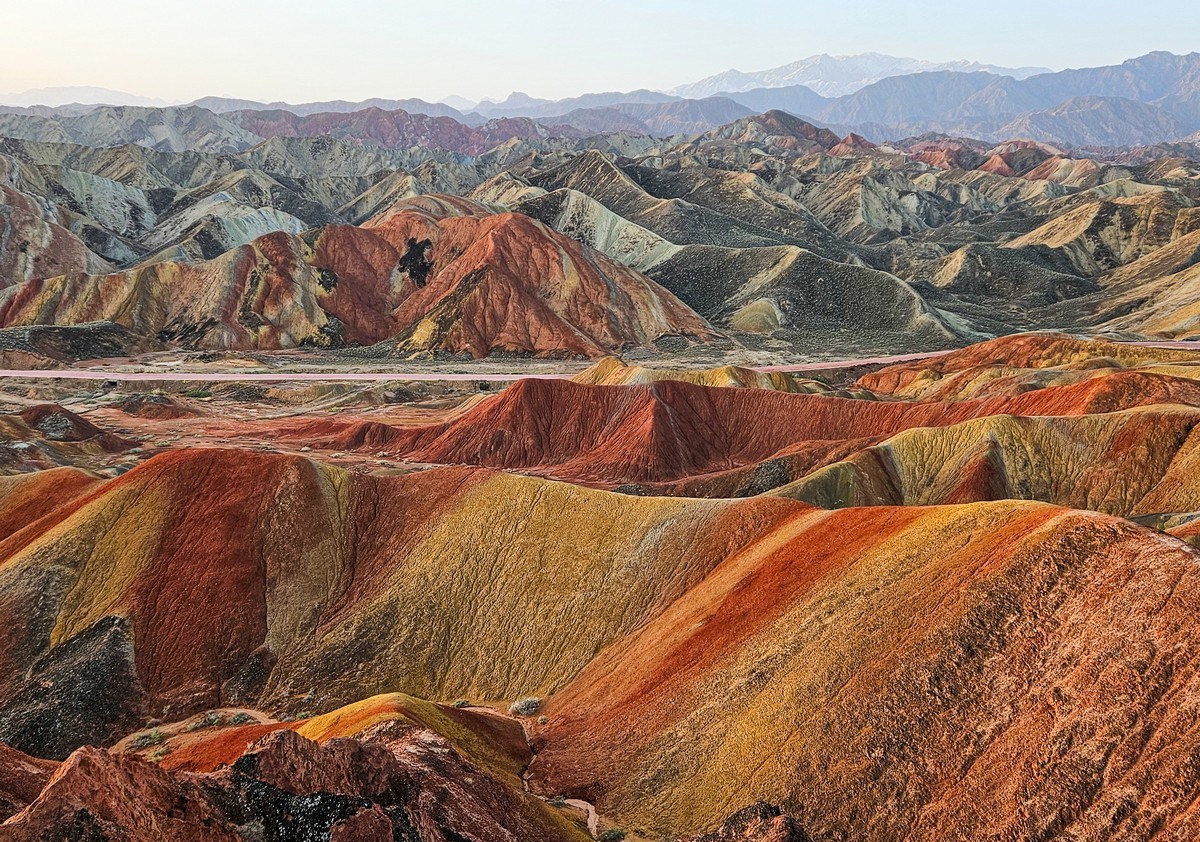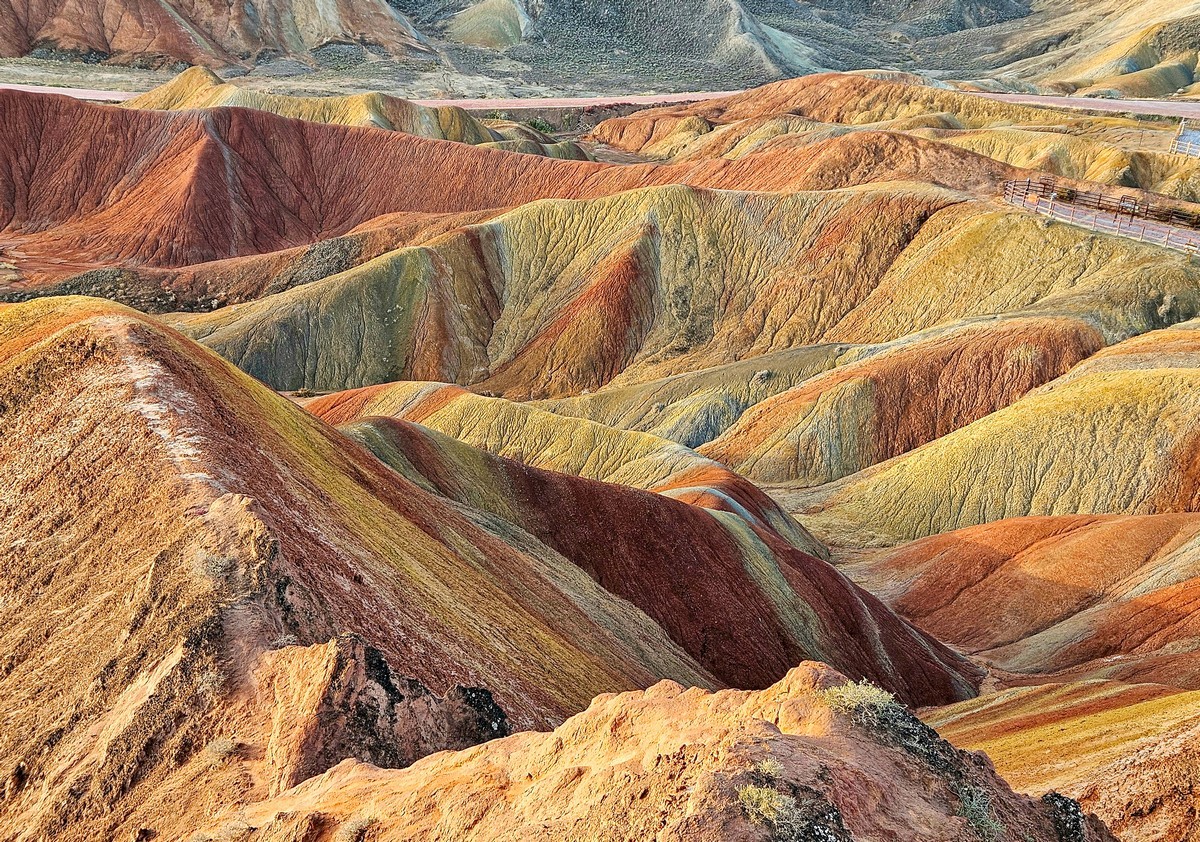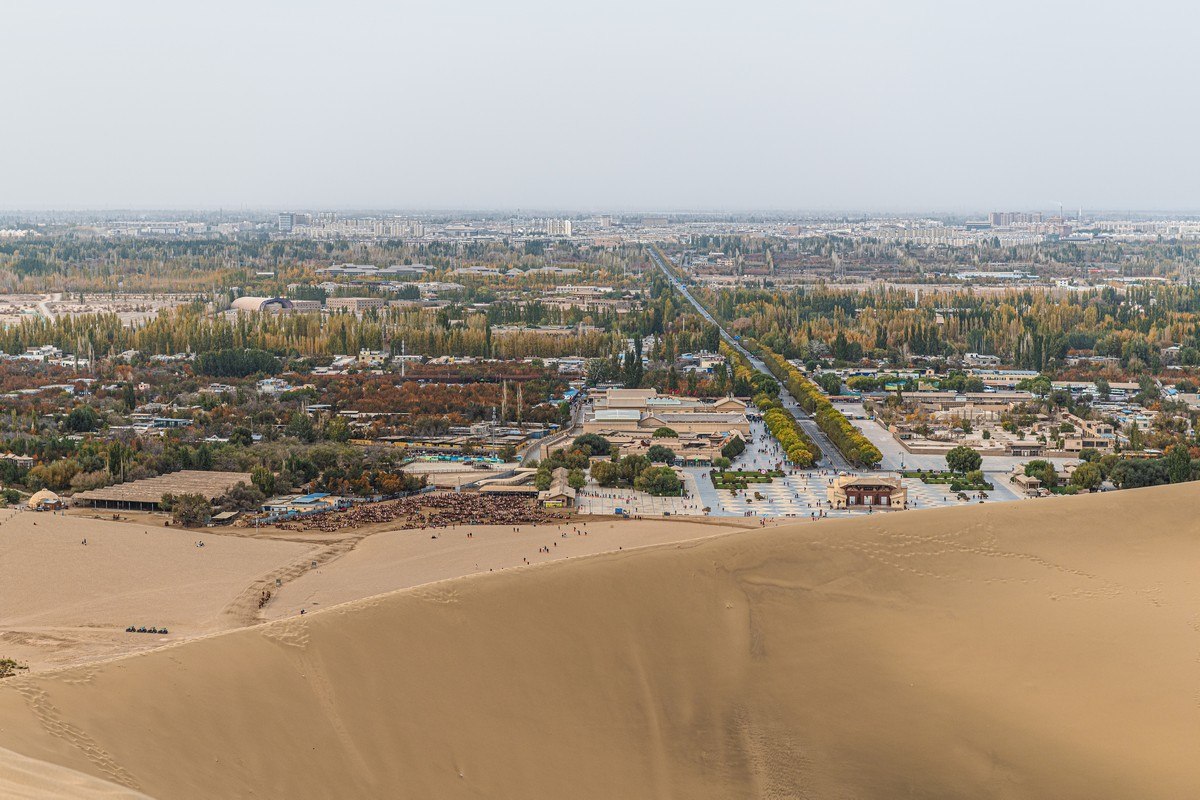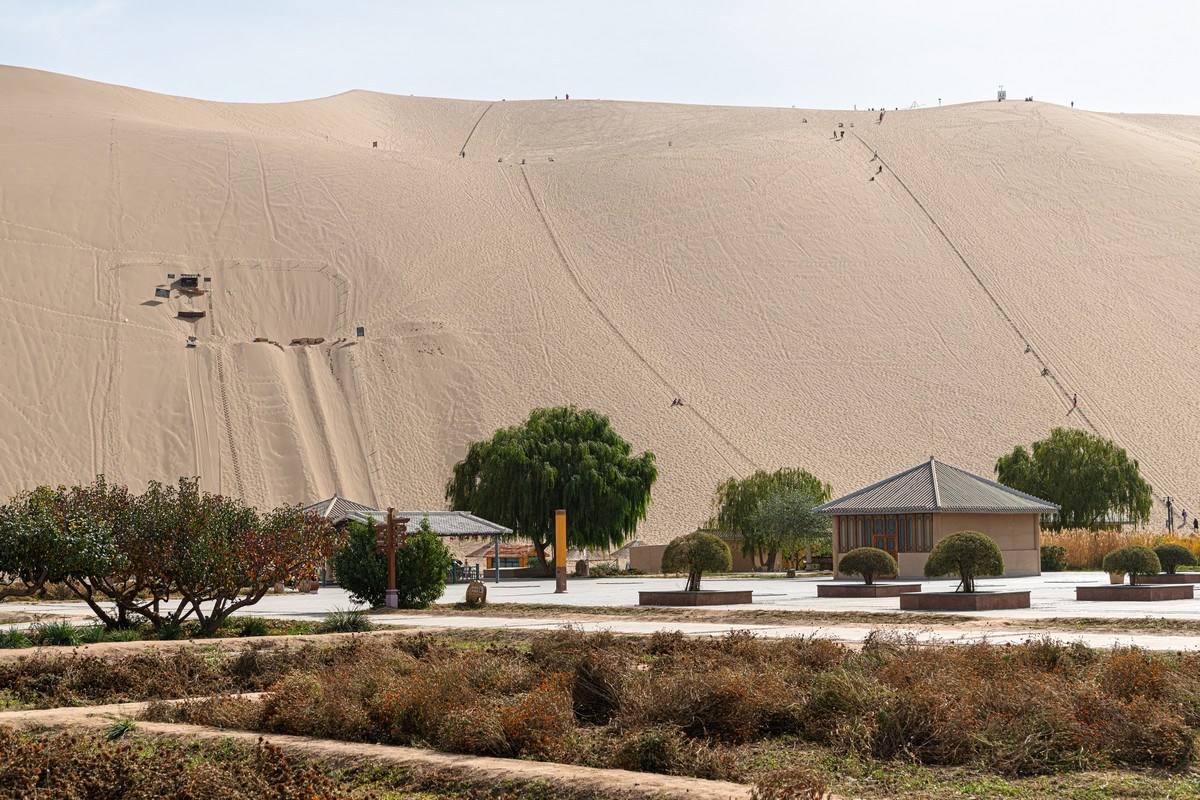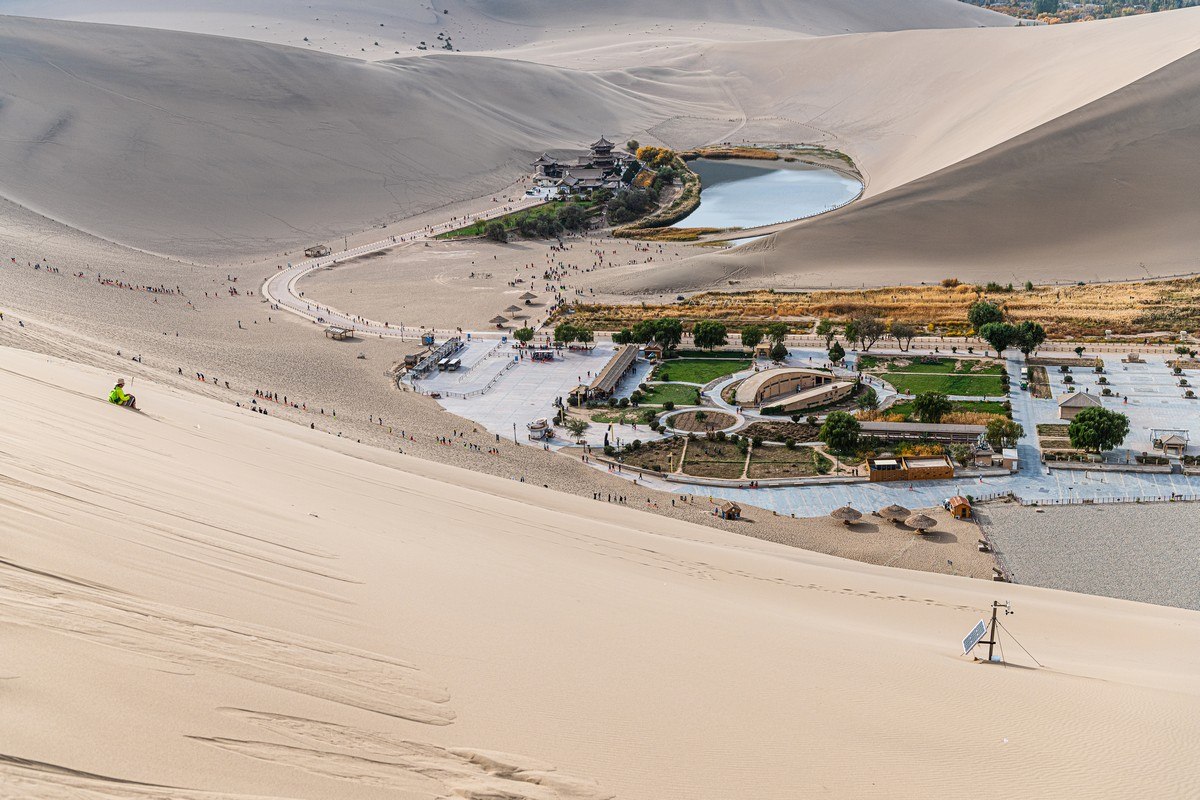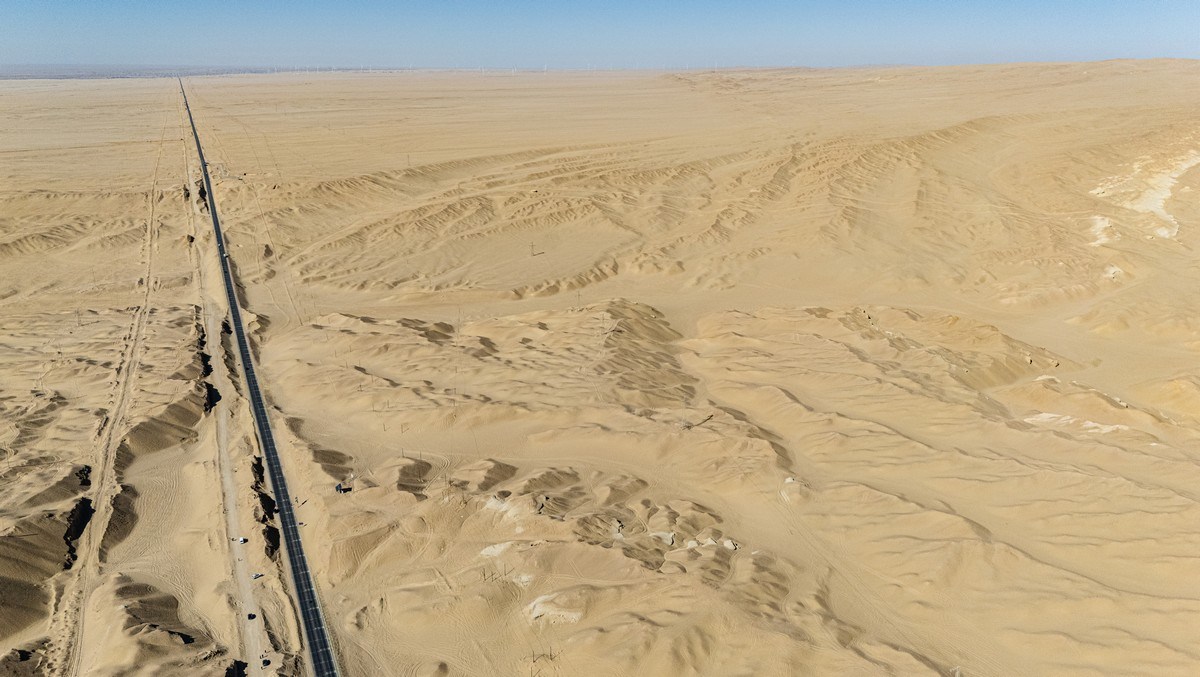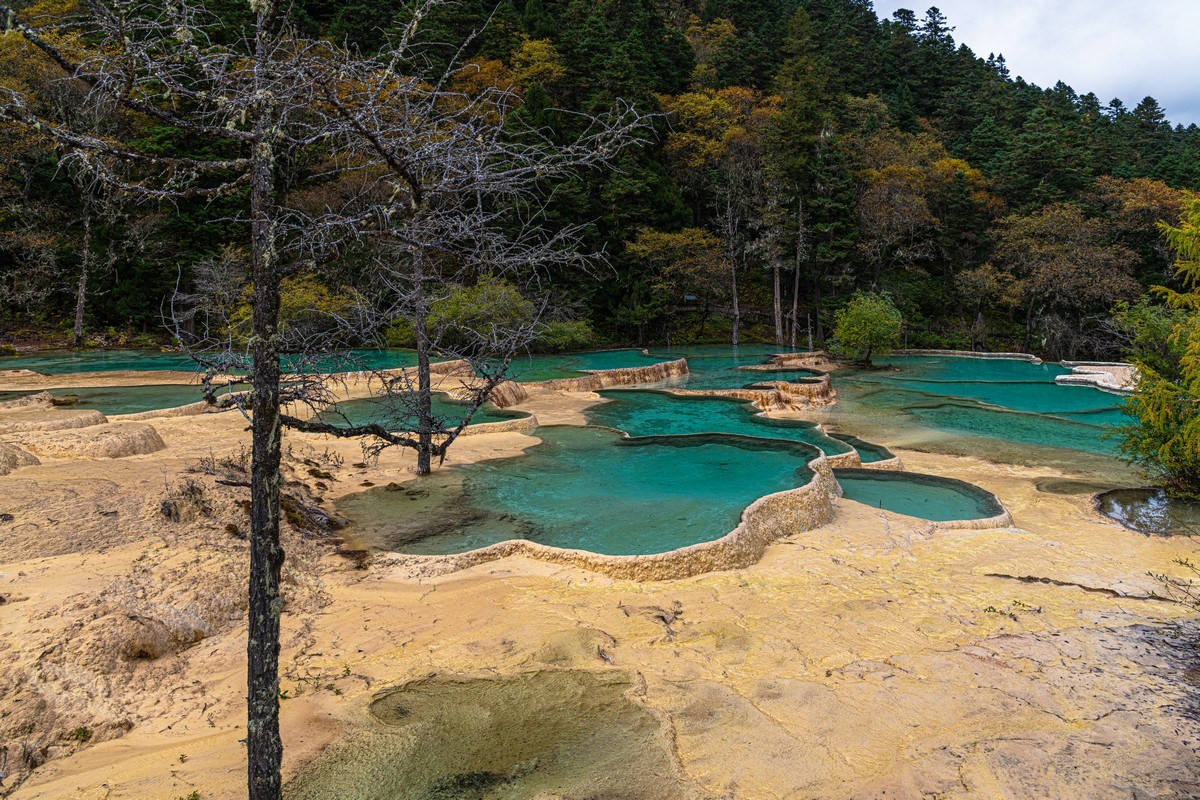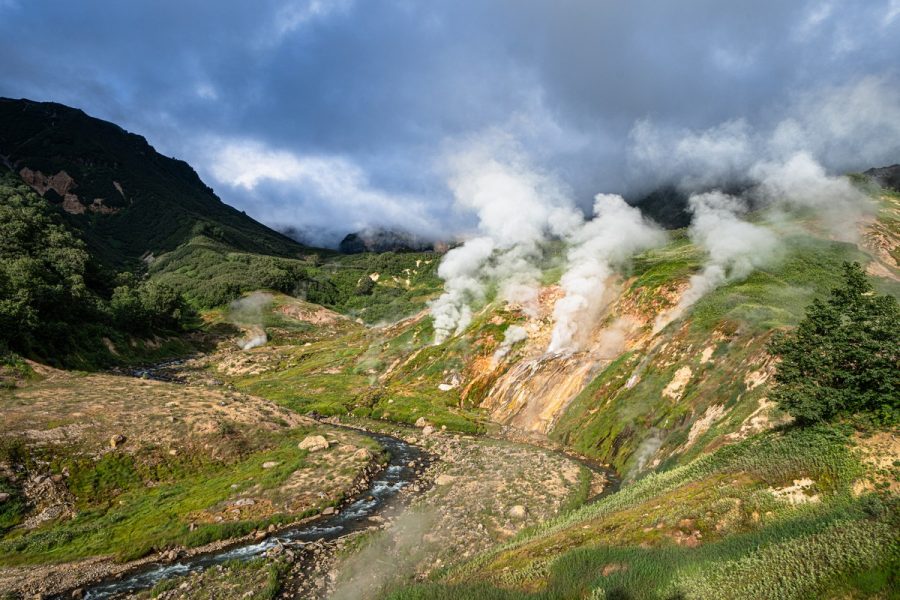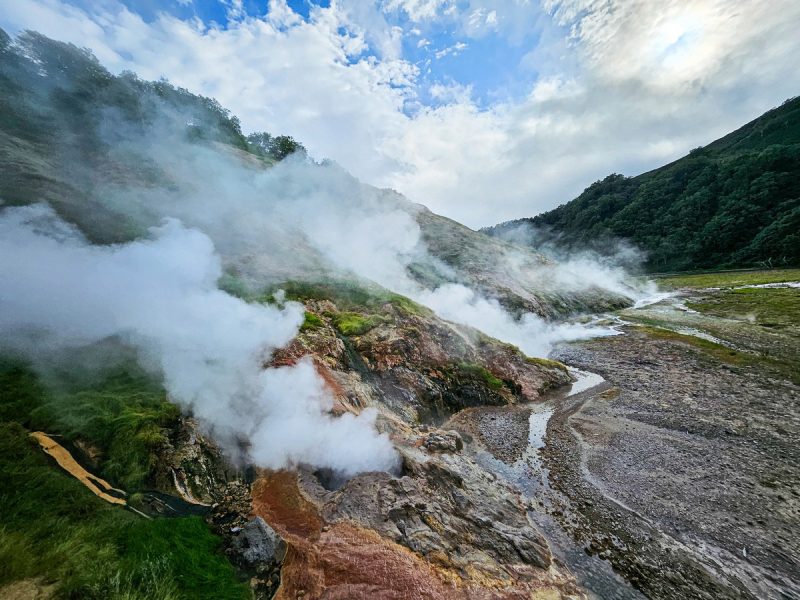Day zero: preview.
And so, after several days of acclimatization (in the middle of our LatAm-2025 trip), the day had finally come to begin our trek up the Inca Trail to Machu Picchu. I’d dreamed of walking this ancient path since 2011 when I first visited the place…
The Inca Trail (note the singular, but it’s actually made up of three overlapping trails) was just one of a great many like it that formed a dense path network covering the entire territory of the Inca Empire. The distance from the northernmost to the southernmost path is estimated at 6000 km (!!!). The internet suggests that a total of 30,000–40,000km of such trails have been discovered, while local guides – like ours, Vicente – have their own perspective: they claim that recent excavations have uncovered even more routes, bringing the total length of the Incan transportation network to 78,000km (for comparison, the total length of all railroad tracks in Russia (by far the largest country in the world) is 120,000+ km)!
Most of the trails were paved. Here’s what they look like today:
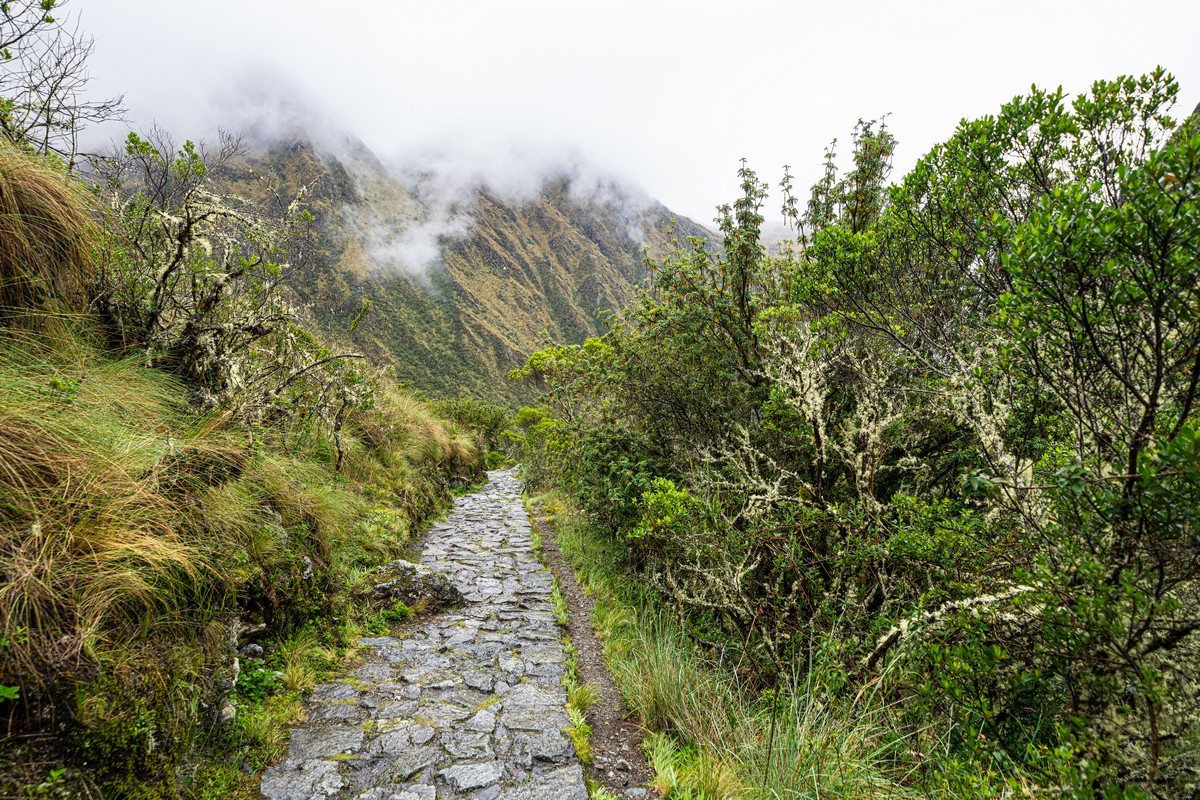
Some roads were actively used even after the empire’s fall. Later, they were used by vehicles, which led to the near-complete destruction of the stonework in lowland areas. However, in the mountains, although some damage has occurred (with restoration efforts on tourist trails), Vicente told us that around 70% of the stonework is original. Literally built for eternity!
These paths were primarily pedestrian. The Incas never invented the wheel (just like the rest of the indigenous American civilizations), and local llamas and alpacas were not suited for such terrains. The maximum load a llama can carry is 15kg, and it can walk no more than 10km per day on flat ground with such a weight on its back. Therefore, everything here was carried by the Incans themselves. The steps along these paths can be quite steep in places. Watch your step!…
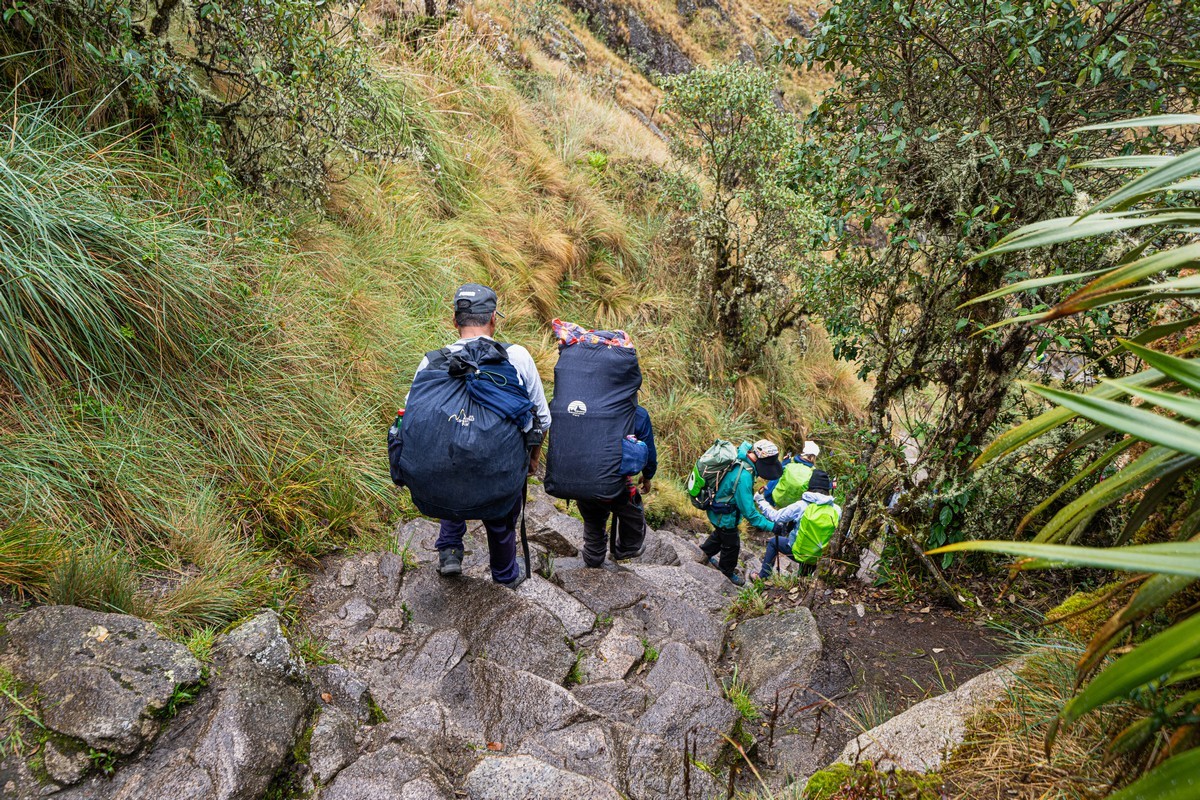
Read on…
